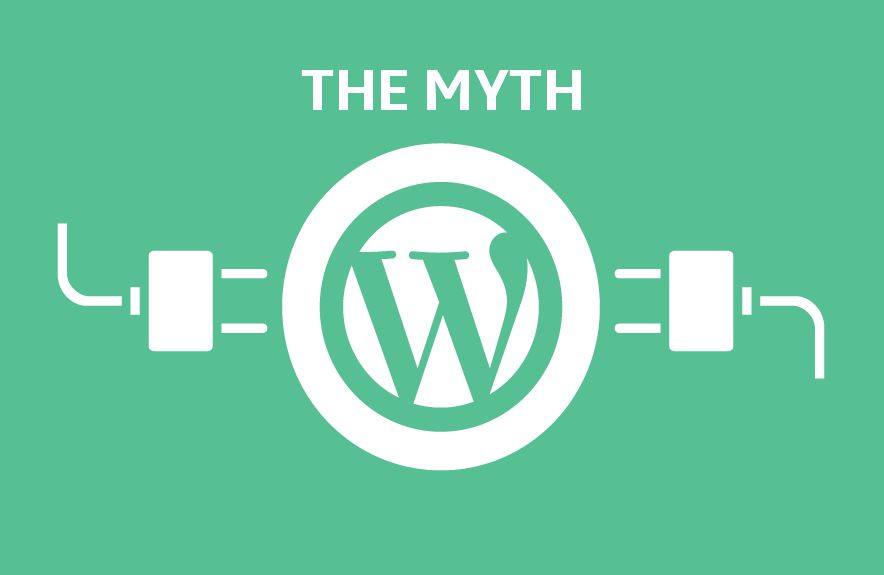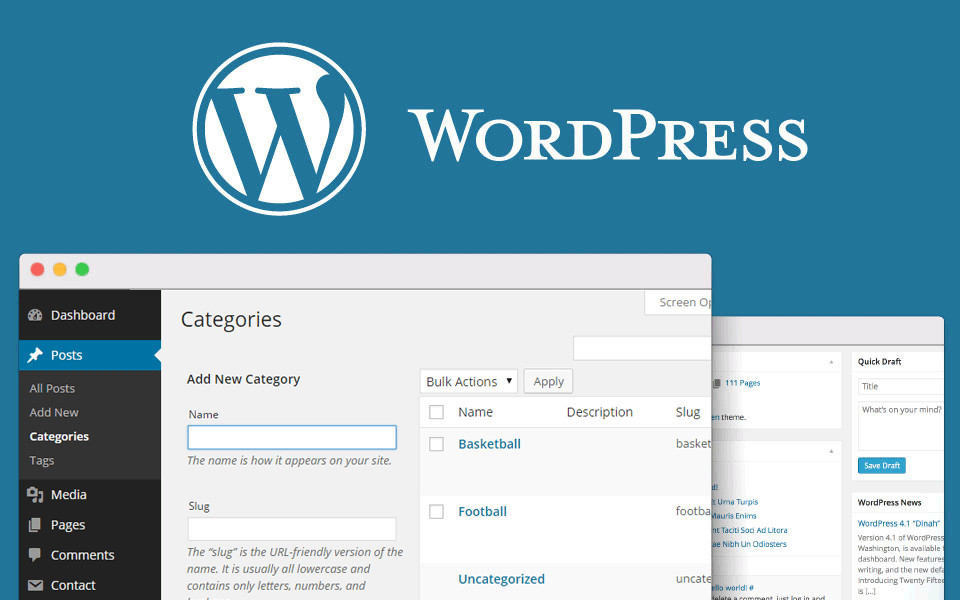Let’s see the best way to combine content and Commerce using WordPress as a CMS to stay ahead in the global market in this era of Digital Commerce.
Initially, WordPress was a blogging tool. When you needed to host a weblog under your website (there was clearly no WordPress.com in the past) you would download the PHP set up files from the WordPress.org website onto your computer after which, using an FTP software, you’ll upload the file to your server and run the setup file. In the early ages of WordPress development, it had been just taking 20-30 minutes to create a basic blog.
Near the edge of 2019, 35% of the Internet was standing powered by WordPress. Since the early days, WordPress has exploded phenomenally. It is not only used to host blogs. WordPress right now has 61.8% of the CMS market share
Blog Vs. Website CMS
- CMS is a software that can be installed on a server to build and manage a complete website.
- It has user engagement functions that provide a framework and interface to create new pages.
- The blog is different from the website.
- On the website, the homepage is a single page that displays the most essential information for your visitors.
- It’s not necessary to update your website frequently, but the success of your blog depends on how many times it is updated to maintain SEO and user engagement.
Why WordPress!
- Earlier WordPress was built to manage blogs with the installation of PHP files on their servers.
- It is an Open-source application where many PHP programmers pitched it and evolved WordPress in a complete system for website management.
- A great part of WordPress is that you can keep front and back end separate. You can change the design and layout of your website and blog according to the WordPress theme.
- Besides that, Numerous plug-ins can assist you in extending the functionalities of your WordPress installation.
WordPress for Business Management: Use of Digital Commerce Website 2020
It’s easy to put in a WordPress powered website. Most of the web hosting providers nowadays give you the service of “one-click” set up. The friendly user interface within cPanel enables you to install and activate your WordPress-driven website. You don’t even have to know a single line of PHP coding.
Though setting up an e-commerce website isn’t as simple as setting up any other website or perhaps a blog, however in 2020, a growing number of companies are using WordPress to create and manage their e-commerce websites because of its sheer simplicity and an array of plug-ins that are available.
We recommend WordPress to the majority of our clients since it drastically brings downtime to market and development efforts.
The basic structure is already there. WordPress by default is SEO-friendly. Its comprehensive design offers built-in such a way that whatever content you publish it truly is search engine optimized. Besides, many plug-ins can further become your SEO attributes.
When you run to set up; the required database will be set up. Once you log into your dashboard, you have the choice of having a single page as your home page or the usual blogging format where your most recent blog posts are visible in a descending sequence ( the latest articles appearing at the very top).
Alone, WordPress doesn’t accommodate digital commerce. You will need a plug-in or an add-on that will enable you to add items to your inventory and then display your inventory handled under different classes on your website. For this, you can utilize WordPress plug-ins like WooCommerce that’s developed by the WordPress programmers themselves. WP eCommerce is among the oldest WordPress add-ons to run a digital commerce website.
You can even integrate your Shopify listings to your WordPress setup.






